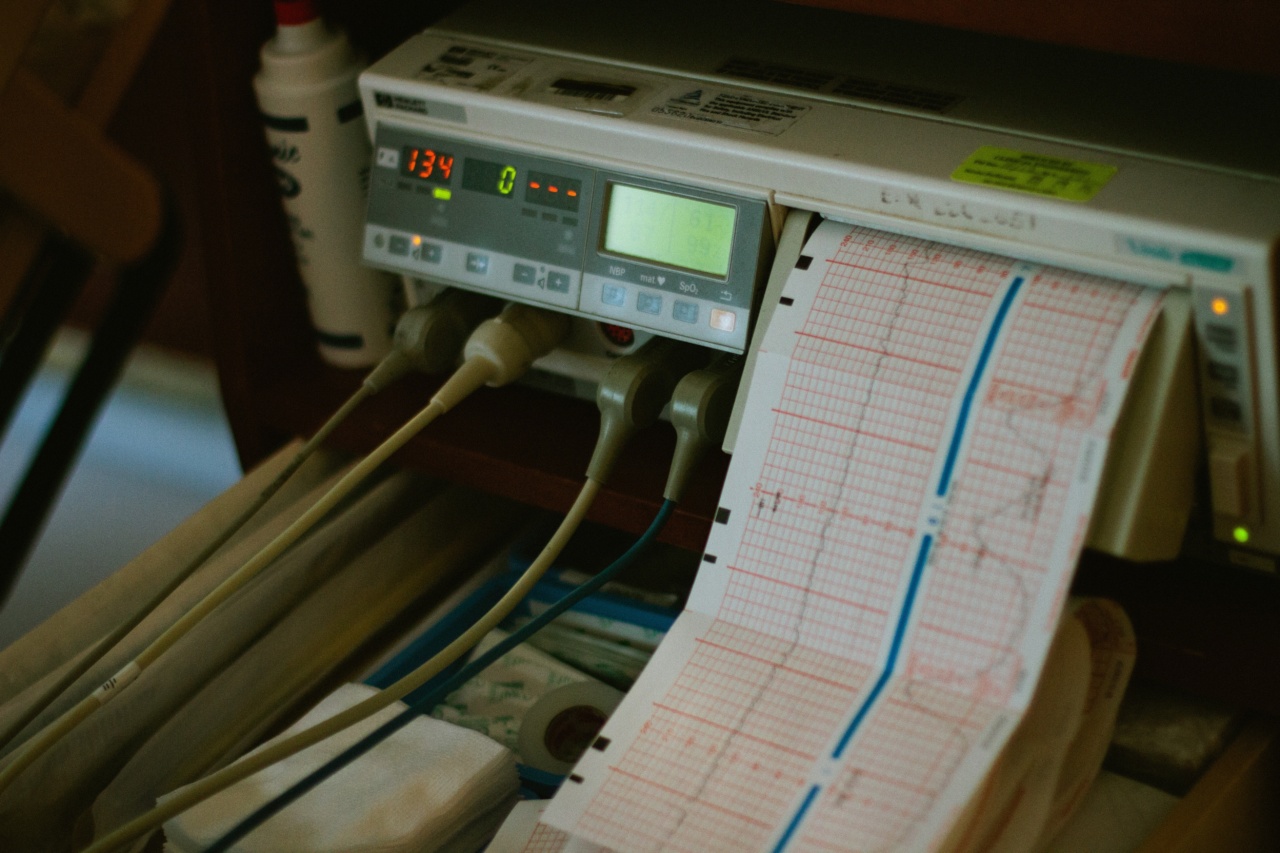The first step to any fitness test is to properly warm up your muscles with dynamic stretches. This will help improve your range of motion, increase blood flow to the muscles, and reduce the risk of injury during the test.
Some effective dynamic stretches include arm circles, leg swings, walking lunges, and high knees.
Step 2: Test Your Cardiovascular Endurance with a 1-Mile Run
Cardiovascular endurance is a key component of overall fitness. To test your endurance, start by running a 1-mile distance as fast as you can.
This test is a good indicator of your cardiovascular fitness level, as it challenges your heart and lungs to deliver oxygen to your working muscles.
Step 3: Assess Your Upper Body Strength with Push-ups
Push-ups are an excellent measure of upper body strength, particularly in the chest, shoulders, and triceps. Perform as many push-ups as you can in one minute while maintaining proper form.
Make sure your chest touches the ground on each repetition and your arms fully extend at the top.
Step 4: Measure Your Lower Body Power with Vertical Jumps
Vertical jumps are a great way to evaluate lower body power and explosiveness. Stand next to a wall and reach as high as you can with one arm. Mark the spot with a piece of tape or chalk.
From a standing start, jump as high as you can and touch the wall at the peak of your jump. Measure the difference between the two marks to determine your vertical jump height.
Step 5: Test Your Core Strength with Planks
Planks are an effective way to assess core strength, which is crucial for overall stability and posture. Begin by getting into a push-up position, then lower yourself onto your forearms.
Hold this position for as long as possible while maintaining a straight line from your head to your heels. The longer you can hold the plank, the stronger your core muscles.
Step 6: Gauge Your Flexibility with the Sit and Reach Test
Flexibility is an important component of physical fitness, as it allows for optimal joint movement and reduces the risk of injury. The sit and reach test is a common measure of hamstring and lower back flexibility.
Sit with your legs extended in front of you and feet against a box or wall. Reach forward as far as you can while keeping your knees straight. Measure the distance between your fingertips and your toes to determine your flexibility level.




























